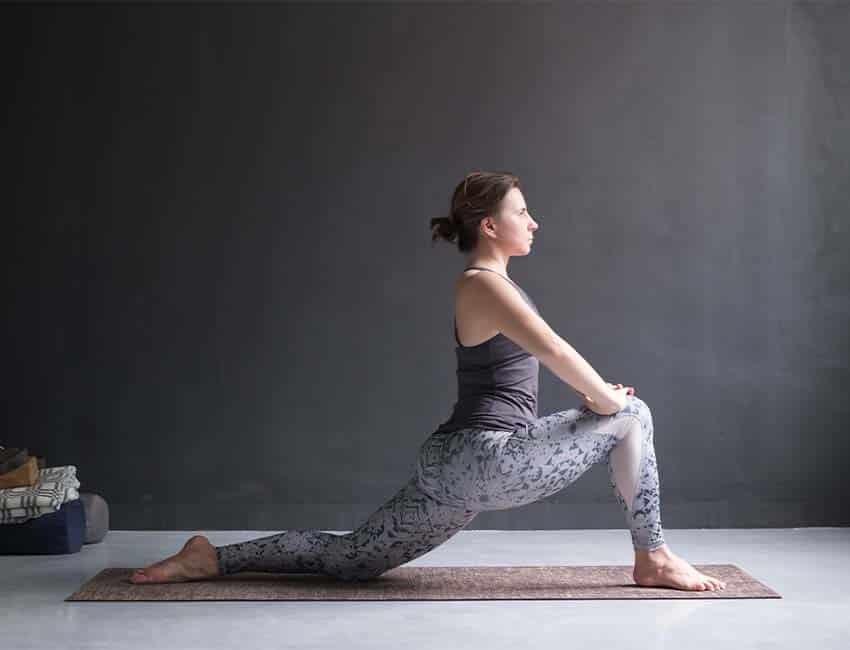According to a study undertaken by Arthritis Research UK, 1 in 6 adults in England have some form of back pain. Sometimes back pain can be due to a sports-related injury, an accident or a congenital condition such as scoliosis. For the majority of people, upper or lower back pain develops during day-to-day life rather than as a result of a specific injury. Repetitive daily activities, like sitting at a desk for long periods or lifting and carrying heavy objects, may produce tension and muscle tightness that result in backache. These activities can be done safely, but need the correct technique to keep your posture well aligned.
Poor posture is one of the leading causes of back pain. The simple act of being aware of your posture and paying attention to how you carry out activities can help prevent back pain.
How do I know what a good posture is?
When it comes to looking after your back and making sure your posture is correct, it’s important to know what a good posture actually is. Posture is the way you hold your body while standing, sitting or performing tasks like lifting, bending, pulling or reaching. Good posture is when the bones of the spine, the vertebrae, are correctly aligned.
To understand how this feels and the posture you should be aiming for, you can do the following steps:
- Stand with your back against a wall, your feet shoulder-width apart and your heels, buttocks, shoulders and head against the wall.
- Move your feet four inches forward and bend your knees so that your back slides down the wall a few inches. Your knees should be in a neutral position, neither locked straight or fully bent. Pull your shoulders gently back by squeezing the shoulder blades together without arching your lower back. Drop your shoulder blades down your back and away from your ears.
- Take a deep breath in and tighten your abdominal muscles so that you flatten your lower back against the wall whilst keeping your shoulders and head in contact with the wall. Hold this position for 10-15 seconds, this is how your body should feel when properly aligned.
Exercises to strengthen your back and help align your spine
Exercises to strengthen your core and buttock muscles will help correct a slouching posture, giving your body more support to hold the correct position. Developing a good posture may feel a bit odd at first but with practice, and working on strengthening the relevant muscles, it will become second nature.
Bridges – Lie on your back with your knees bent and heels close to your bottom. Your feet should be shoulder-width apart and flat on the floor. Raise your hips to create a straight line from your knees to your shoulders. As you come up, tighten your abdominals and buttocks, then lower yourself gently to the starting position. Repeat 8 to 10 times.

Plank – Lie on your front propped up on your forearms and toes. Keep your legs straight and hips raised to create a straight and rigid line from head to toe, your shoulders should be directly above your elbows. Focus on keeping your abs contracted during the exercise. Hold this position for 5 to 10 seconds and repeat 8 to 10 times.

Kneeling lunge – Press your palms into the floor in front of you, then bring your left knee forward through the gap between your arms and place your foot flat in line with your hands. Extend your right leg behind you to deepen the stretch. Your right knee, shin, and top of your right foot should be pressed into the mat. Lift your hands off the mat and straighten your upper body. If you need additional support for balance, place both of your hands on your knee. Lean forward gently into the stretch. Hold for 20-30 seconds then repeat with the other leg.

Standing thigh stretch – Grab the top of your left foot behind you and gently pull your heel towards your left buttock to stretch the front of the thigh, keeping the knees touching. Hold for 15 seconds. Avoid leaning forwards or to the side, you can hold onto a wall for support if necessary. Repeat with the other leg.

If you do these exercises regularly, over time you’ll notice an improvement in your strength and mobility, which will help to improve your posture.
Habits to help prevent back pain
Avoid sitting down too much
When we sit down we put more pressure on our lower backs than when we stand up. It’s impossible to avoid sitting completely, but when you do sit make sure you do so in a way that maintains a good posture. To do this you should try to maintain the curve in your lower back, which can be done by sitting up straight with your bottom pushed to the back of the chair. You want to make sure the chair you’re sitting in provides firm support for the base of your back. If not, placing a small cushion or rolled-up towel at the small of your back can help.
Perfect your lifting technique
With the wrong lifting technique you can easily hurt your back, even when you’re lifting a light load.
When lifting, you want to make sure to create a balanced and stable base by placing your feet apart. Stand close to the load and ensure its heaviest side is closest to your body. Bend your knees if you can, but don’t over flex them or kneel, while keeping your chin in and back straight. Then lean over the load to get a firm grip, grasp the load firmly, take a breath, then lift using as smooth a motion as possible.
Keep the load close to your body. If you’re moving something avoid twisting your body, instead use your feet to change positions.
Protect your back while sleeping
Sleeping is essential for our health and wellbeing, but certain positions can hurt your back. The best way to avoid any pain is to lie on your back or your side while sleeping to keep your back straight. You should also choose a pillow that supports your neck and make sure you get a mattress that is neither too hard or too soft. Your bed should support your spine so that natural curves are maintained while lying on your back.
Getting help for back pain
If you do find yourself having difficulty with your back, it may be best to seek professional help. A physiotherapist will be able to assess your body and your issues giving you specific exercises to help and potentially offering alternative therapies. You can read our blog for everything you need to know about physiotherapy for more information on the treatments available and how it can be helpful for you.
Having a health cash plan allows you to claim money back when accessing therapy treatments, including physiotherapy. With Westfield Health, you can claim back 75% of the cost, up to set limits, when referred to a registered physiotherapist by your GP or consultant. The amount you can claim up to depends on which level of cash plan you choose.